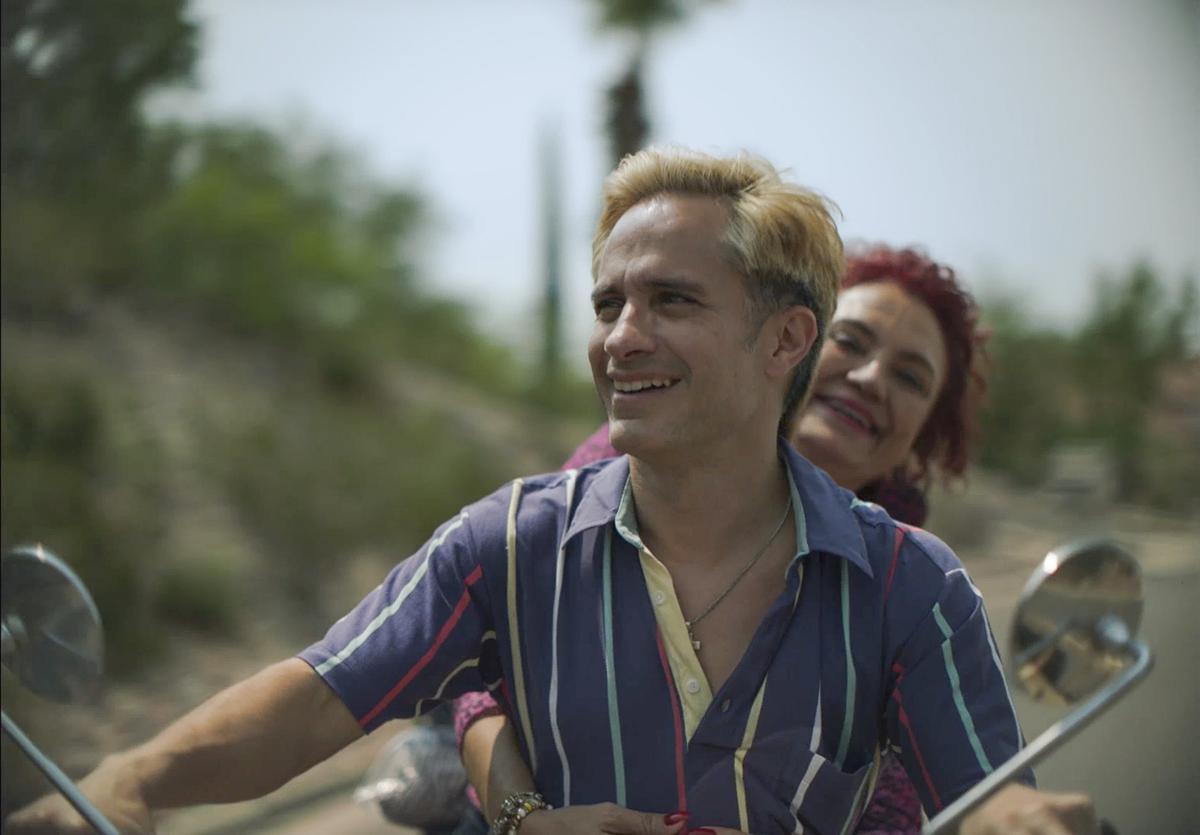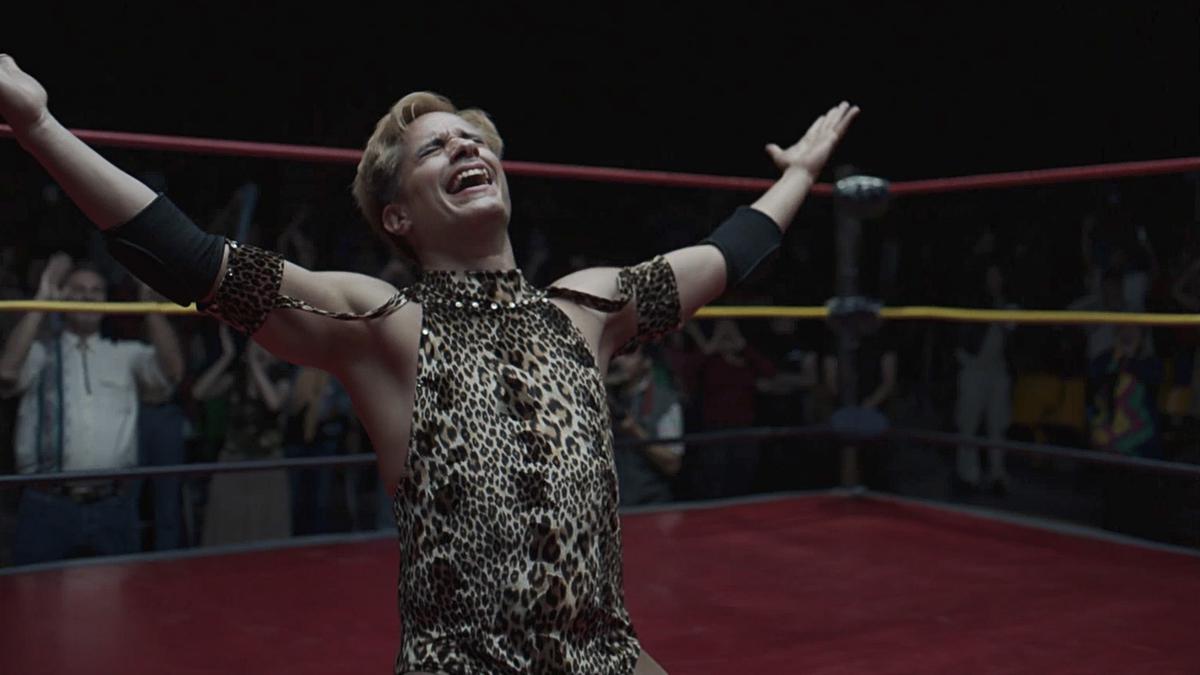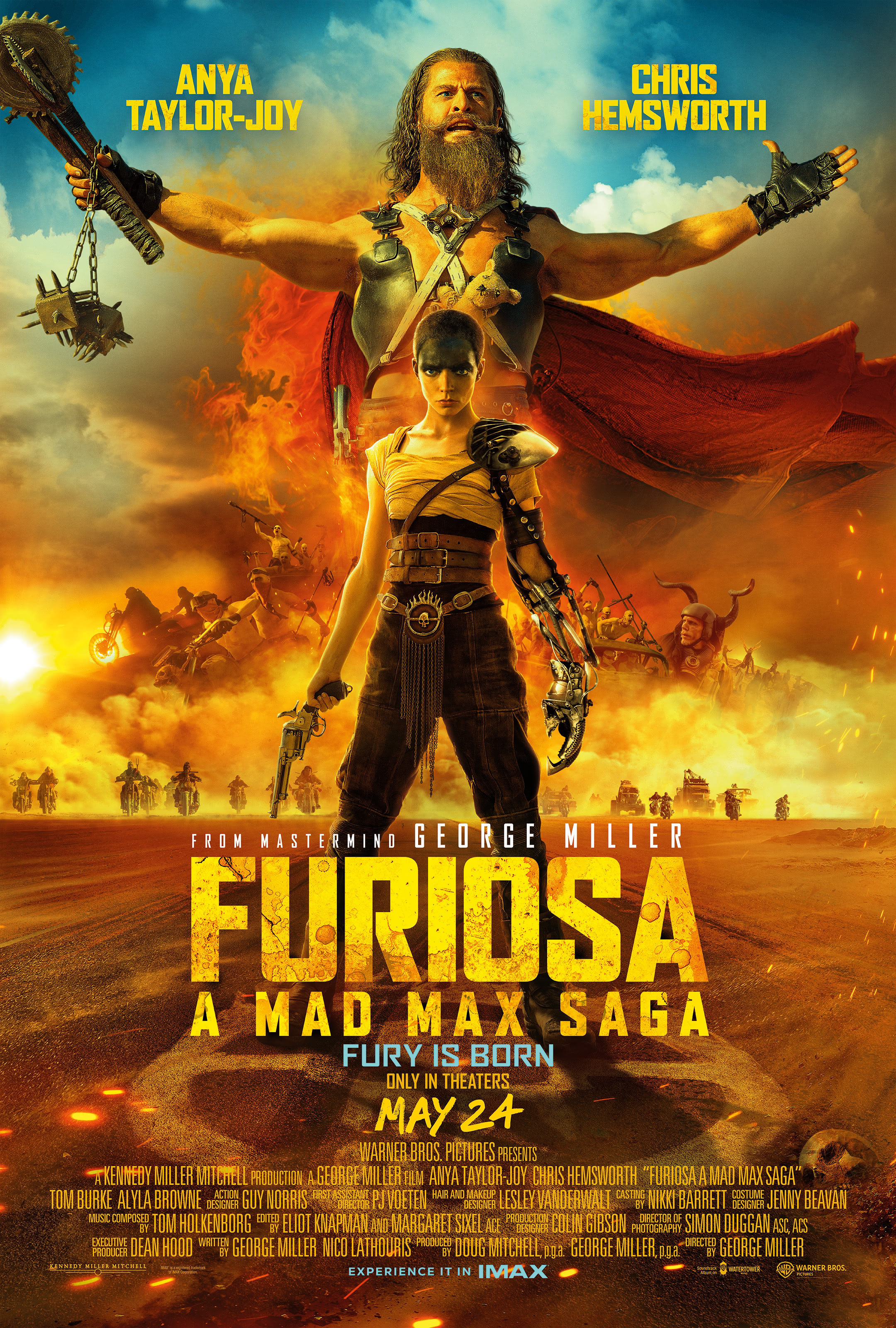It’s been four years since the end of season 4 of “Haikyuu!!,” the super-popular sports anime about a young high school volleyball team, and now fans will finally get to watch the beginning of the end of the story created by Haruichi Furudate, thanks to the feature film “Haikyuu!! THE MOVIE: Decisive Battle at the Garbage Dump.” Much like last year’s exquisite “The First Slam Dunk,” the movie takes place during a single match, which becomes the epicenter of a clash of ideals and personalities. Unlike that movie, though, this match is rushed, unnecessarily short, and lacking in context.
The problems with “Decisive Battle at the Garbage Dump” begin with its adaptation, which takes about 33 chapters of the manga and compresses them into a single 85-minute movie (compared to the anime’s usual pacing of about 5 chapters per 22-minute episode). Where “Attack on Titan” famously squeezed its final arc over 4 years and many comically-titled seasons, “Haikyuu!!” makes this climactic moment come across as rushed. Due to the short running time and amount of story to cover, this movie is not for newcomers at all.
Much like “Demon Slayer: Mugen Train,” “Decisive Battle at the Garbage Dump” picks up the story from the anime right where it left off, without much concern for either newcomers or established fans who have forgotten where things ended last season — considering it aired in 2020, it feels like a lifetime ago. The movie fully expects the audience to be intimately familiar with the first four seasons of the anime, the character arcs and relationships, and even Karasuno’s team history, because it provides none of that here.
The plot concerns the titular Battle at the Garbage Dump between long-time rivals Karasuno High and Nekoma High, who have faced each other numerous times in practice matches. Now, they’re playing one another in the Nationals Tournament, giving protagonist Shoyo Hinata a chance to play a real match with stakes against friend-rival Kenma Konzume. For Shoyo, the match is not just an important step in winning the whole tournament, but a battle for the soul of Kenma and whether or not he’ll ever learn to enjoy volleyball — which leads to many a tear-inducing moment.
Much of the “Haikyuu!!” anime is about love of the sport, about opening your mind to new experiences, and waiting for the moment when you find your passion even if you weren’t initially expecting it. Particularly, the film highlights Kei Tsukishima’s growing appreciation for the sport, while mostly focusing on Kenma’s reluctance to enjoy playing. Indeed, while the primary characters are clearly the Karasuno players, Kenma is our main character, as we get several flashbacks showcasing his history with volleyball. As for the volleyball and the match itself, “Decisive Battle at the Garbage Dump” looks and feels designed to turn movie theaters into sports arenas filled with cheers and chants, calls for “chance ball” and insults to the ref.
Sports anime tend to fall into one of two categories — superhero stories or character dramas. The former treats skills as inhuman feats of strength, like “Blue Lock,” while the latter tend to be more grounded and actually teach about the sport, portraying real moves and plays, like “Slam Dunk” and “Hajime no Ippo.” When it comes to “Haikyuu!!,” the anime and manga credited for a rise in high school volleyball players in Japan, the story has long served as a rather good introduction to the mechanics and psychology of volleyball. The anime not only explains terms and rules, but also how every little thing impacts a match, from the opposite team’s cheer squad to the role a televised match’s gym lights have on player attention.
The movie continues this, with an exhilarating POV sequence showing everything a setter has to think about when doing a play, an entire subplot about how singling out a player and blocking his attacks demoralizes the entire team, down to simple things like how sweat can ruin a whole play. We see this in Kenma’s arc throughout the film.
Though already a fantastic player in the anime, the movie shows him getting increasingly invested in the sport and the match, and the more he cares, the better he plays — and the more dangerous he becomes to Karasuno. At times, Kenma is portrayed as a proper mustache-twirling villain, a Hannibal Lecter-type genius who is ahead of everyone, and with a cruel sense of humor, while the mentor-mentee relationship between several players across both teams makes for even higher personal stakes than other matches in the anime.
As fast-paced and energetic as the match itself is, however, it is bogged down by the pacing. It is already hard to make what is essentially season 5 of “Haikyuu!!” into a feature film that can stand alone while also be a good continuation of the ongoing story, but the short running time means the film ends up being mostly a series of highlights rather than a properly flowing narrative. There are big emotional pay-offs during the match, sure, but by the time the final whistle is blown, it’s kind of shocking to think they actually played three full sets in so little time. This has more in common with the previous “Haikyuu!!” movies, which were just compilations of the greatest moments of each season, rather than a story made for the big screen first.
This comes at the cost of the characters, too, as the focus on Kenma and Shoyo’s relationship means the film glosses over the rest of the cast. Though everyone gets a moment to shine, the film relies heavily on the audience filling in the gaps of the other individual rivalries and even the history between the two teams (the title itself never gets properly explained in the film, so you’ll have to remember the scene in which it was explained, way back in Season 1). What is supposed to be Karasuno’s biggest match ever ends up being the shortest in the entire series.
If the plot of “Decisive Battle at the Garbage Dump” suffers from its transition from TV to film, the animation at least gets a big glow-up. Though the characters look just as they do in the anime, the big budget allows for characters’ facial expressions and subtle body movements to get as much attention as the big volleyball plays and the spikes. Though there is some 3D used, it is to give more impact and flexibility to the 2D, rather than replace it. A POV sequence from Kenma’s perspective in which the action speeds up to showcase the adrenaline and rush of the sport, before slowing down in a climactic moment, is a definitive highlight of the film and almost justifies this entire endeavor.
“‘Haikyuu!! THE MOVIE: Decisive Battle at the Garbage Dump” has enough moments of volleyball thrill to satisfy fans who have waited four years for the return of Karasuno, but when the credits start rolling, and it becomes clear just how much story is left to tell. Mostly, it’s unclear what exactly was won by avoiding a fifth season and rushing through the climax of this entire story.
Score: C+
Crunchyroll will release “Haikyuu!! The Movie: Decisive Battle at the Garbage Dump” in theaters on Friday, May 31.














![How ‘The Good Doctor’ Series Finale Handled the Death of [SPOILER] — and Took Shape After a ‘Downsized’ Season 7](https://variety.com/wp-content/uploads/2024/05/TheGoodDoctor.MAIN_.jpg?w=1000&h=563&crop=1)

















